ABSTRACT
The COVID-19 pandemic has underlined the need for reliable information for clinical decision-making and public health policies. As such, evidence-based medicine (EBM) is essential in identifying and evaluating scientific documents pertinent to novel diseases, and the accurate classification of biomedical text is integral to this process. Given this context, we introduce a comprehensive, curated dataset composed of COVID-19-related documents.
This dataset includes 20,047 labeled documents that were meticulously classified into five distinct categories: systematic reviews (SR), primary study randomized controlled trials (PS-RCT), primary study non-randomized controlled trials (PS-NRCT), broad synthesis (BS), and excluded (EXC). The documents, labeled by collaborators from the Epistemonikos Foundation, incorporate information such as document type, title, abstract, and metadata, including PubMed id, authors, journal, and publication date.
Uniquely, this dataset has been curated by the Epistemonikos Foundation and is not readily accessible through conventional web-scraping methods, thereby attesting to its distinctive value in this field of research. In addition to this, the dataset also includes a vast evidence repository comprising 427,870 non-COVID-19 documents, also categorized into SR, PS-RCT, PS-NRCT, BS, and EXC. This additional collection can serve as a valuable benchmark for subsequent research. The comprehensive nature of this open-access dataset and its accompanying resources is poised to significantly advance evidence-based medicine and facilitate further research in the domain.
ABSTRACT
ABSTRACT
ABSTRACT
ABSTRACT
ABSTRACT
CoTranslate is a web-based platform designed to efficiently label and review translations from language experts, with the aim of creating high-quality sentence-pair corpuses for training neural machine translation models. Utilizing Django backend and ReactJS frontend, the platform fosters collaboration among experts in translating and validating sentences. Focused on developing quality corpora, particularly for low-resource languages, CoTranslate addresses linguistic barriers and enhances translation quality. By streamlining the creation of robust training datasets, CoTranslate holds significant potential to impact the field of machine translation.
ABSTRACT
ABSTRACT
We present a study of an artificial neural architecture that predict human ocular scanpaths while they are free-viewing different images types. This analysis is made by comparing different metrics that encompass scanpath patterns, these metrics aim to measure spatial and temporal errors; such as the MSE, ScanMatch, cross-correlogram peaks, and MultiMatch. Our methodology begin by choosing one architecture and training different parametric models per subject and image type, this allows to adjust the models to each person and a given set of images. We find out that there is a clear difference in prediction when people free-view images with high visual content (high-frequency contents) and low visual content (no-frequency contents). The input features selected for predicting the scanpath are saliency maps calculated from foveated images together with the past of the ocular scanpath of subjects, modeled by our architecture called FovSOS-FSD (Foveated Saliency and Ocular Scanpath with Feature Selection and Direct Prediction).
The results of this study could be used to improve the design of gaze-controlled interfaces, virtual reality, as well as to better understand how humans visually explore their surroundings and pave a way to make future research.
ABSTRACT
ABSTRACT

Vicuña Mackenna 4860
Macul, Chile



